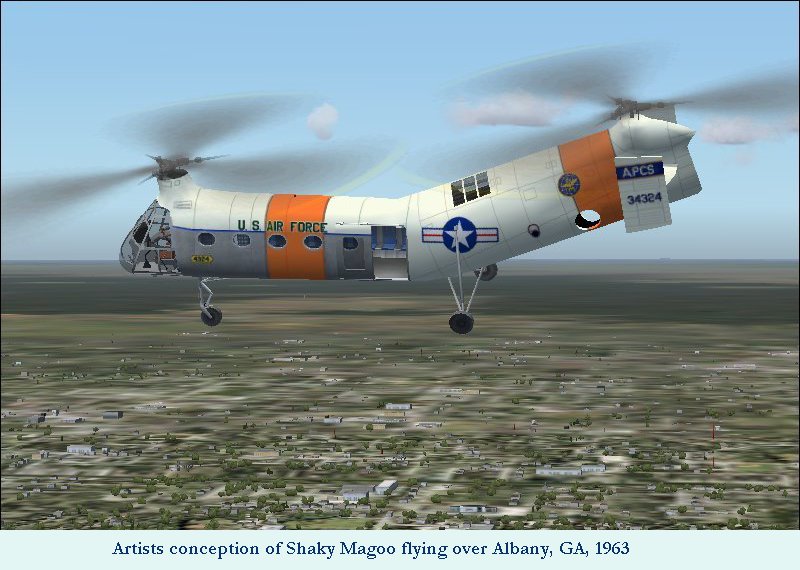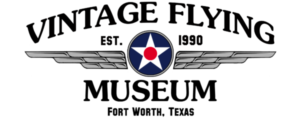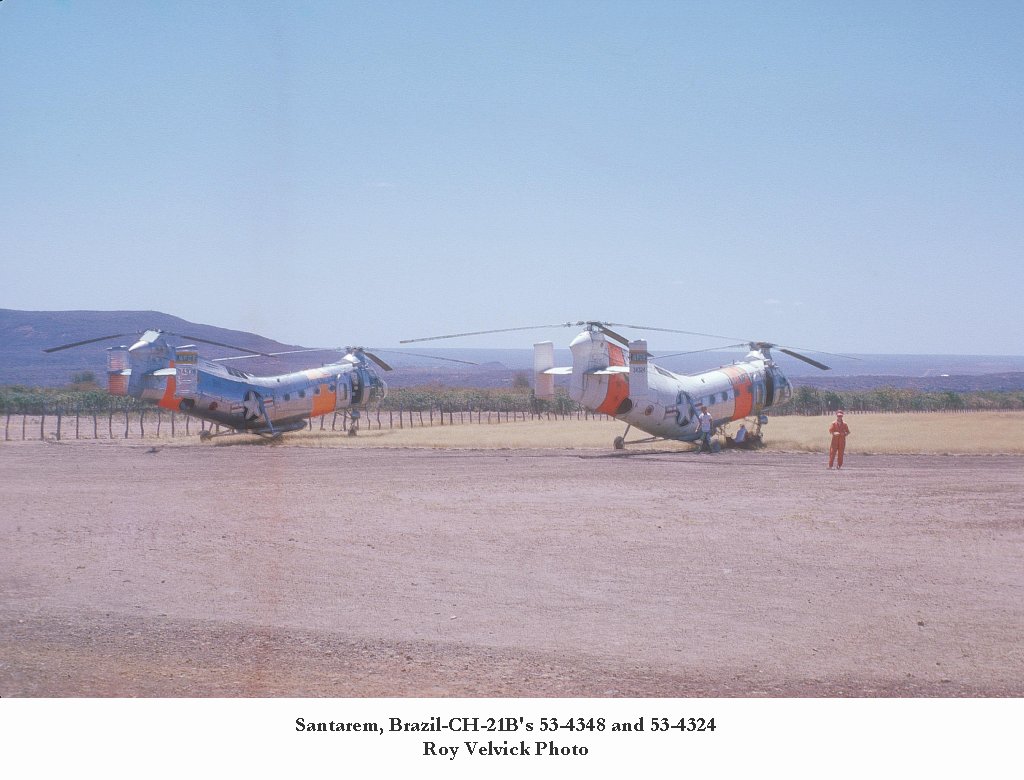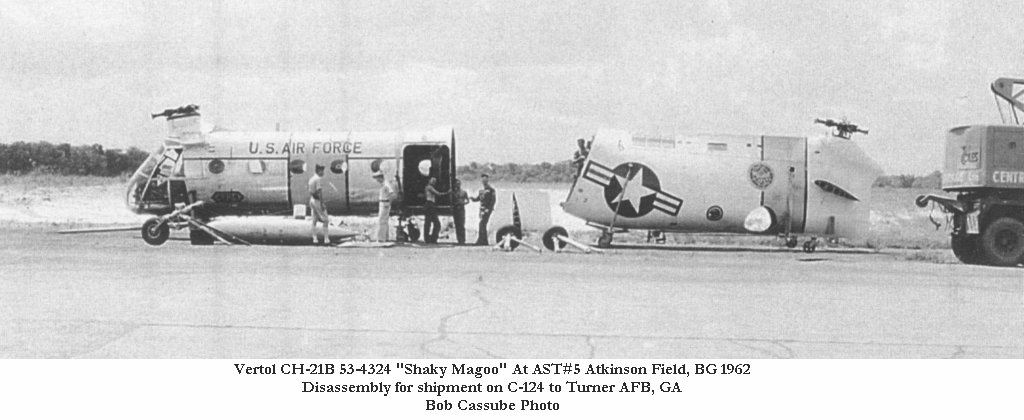
The Piasecki H-21 Workhorse/Shawnee is an American helicopter, the fourth of a line of tandem rotor helicopters designed and built by Piasecki Helicopter (later Boeing Vertol). Commonly called the “flying banana”, it was a multi-mission helicopter, utilizing wheels, skis, or floats.
The H-21 was originally developed by Piasecki as an Arctic rescue helicopter. The H-21 had winterization features permitting operation at temperatures as low as -65°F, and could be routinely maintained in severe cold weather environments.
In 1949, Piasecki proposed the YH-21A Workhorse to the United States Air Force (USAF), which was an improved, all-metal derivative of the HRP-1. Using two tandem fully articulated three-bladed counter-rotating rotors, the H-21 was powered by one 9-cylinder Curtis-Wright R-1820-103 Cyclone supercharged 1,150 hp (858 kW) air-cooled radial engine. After its maiden flight in April 1952, the USAF ordered 32 H-21A SAR models and 163 of the more powerful H-21B assault transport variant. The H-21B was equipped with an uprated version of the Wright 103 engine, developing 1425 shaft horsepower (1063 kW), and featured rotor blades extended by 6 inches (152 mm). With its improved capabilities, the H-21B could carry 22 fully equipped infantrymen, or 12 stretchers, plus space for two medical attendants, in the medevac role. With its Arctic winter capabilities, the H-21A and H-21B were put into service by both the USAF and the Royal Canadian Air Force (RCAF) to maintain and service DEW (Distant Early Warning) radar installations stretching from the Aleutian Islands and Alaska across the Canadian Arctic to Greenland and Iceland.
In 1952, some H-21As were evaluated by USMC helicopter squadron HMX-1 in the air assault role. In 1957, an H-21B was loaned to the United States Marine Corps (USMC) to evaluate the helicopter as an airborne tug to tow disabled landing ships and amphibious landing vehicles to the beach. During the evaluation the H-21B towed an LST at 5 knots and a simulated tracked amphibious vehicle from the water to the beach.
The uprated 1425 hp Wright engine used in the H-21B was also used in subsequent variants sold to both the U.S. Army (as the H-21C Shawnee) and the military forces of several other nations. In 1962, the H-21 was redesignated the CH-21 in U.S. Army service.
In 1959 Vertol Aircraft, who had acquired Piasecki, came up with a concept for heavy lift over short distances where between two to six H-21Bs would linked by beams to lift heavy loads. It was considered to be unsafe, because if one helicopter had mechanical problems during the lift it could cause an unbalanced situation and cause all helicopters to crash.
The H-21C saw extensive service with the U.S. Army, primarily for use in transporting troops and supplies Various experiments were made by the Army in arming the H-21C as a gunship; some Shawnees were armed with flex guns under the nose, while others were fitted with door guns. One experimental version was tested stateside with a Boeing B-29 Superfortress .50 cal. remote turret mounted beneath the nose.
The H-21C (later designated CH-21C) was first deployed to Vietnam in December 1961 with the Army’s 8th and 57th Transportation Companies, in support of ARVN (Army Republic South Vietnam) troops. In Army aviation service, the CH-21C Shawnee could be armed with 7.62 mm (.308 in) or 12.7 mm (.50 in) flexible door guns. Relatively slow, the CH-21’s unprotected control cables and fuel lines proved vulnerable to the enhanced threat posed by NVA and Viet Cong ground forces. The H-21, which was designed for cold weather operations, performed poorly in the hot weather of Vietnam. Despite being capable of carrying 20 passengers, it only carried 9 when operating in Vietnam. The shooting down of a CH-21 Shawnee near the Laotian-Vietnamese border with the death of four aviators in July 1962 were some of the U.S. Army’s earliest Vietnam casualties. Despite these events, the Shawnee continued in service as the U.S. Army’s helicopter workhorse in Vietnam until 1964 when it was replaced with the UH-1 Huey. In 1965, the CH-47 Chinook was deployed to Vietnam, and later that year, most CH-21 helicopters were withdrawn from active inventory in the U.S. Army and Air Force.
Piasecki CH-21B 53-4324 “Shaky Magoo” Operational History
Manufactured by Piasecki Helicopters, Morton PA and delivered to the USAF on 20 Dec 1955.
- Dec 1955 To Middletown Air Materiel Area, Olmstead AFB PA
- Apr 1956 To 6615th Air Transport (Medium) Squadron (Northeast Air Command), Goose AB Labrador
- Used in support of the construction and maintenance of the Distant Early Warning (DEW) line of radar sites monitoring for an attack from the Soviet Union
- Sep 1956 To 22nd Helicopter Squadron (NEAC), Goose AB
- Feb 1960 To San Bernardino Air Materiel Command, Norton AFB CA
- Jul 1960 To 2848th Air Base Wing (Air Materiel Command), Norton AFB
- Presumably used in support of the Minuteman and Peacekeeper Intercontinental Ballistic Missile programs.
- May 1961 To 1376th Consolidated Maintenance Squadron (Military Air Transport Command), Turner AFB GA
- Assigned to the 1370th Photo Mapping Group
- Used to support RB-50F’s performing photo mapping all over the world.
- Jun 1963 To 4500th Air Base Wing (Tactical Air Command), Langley AFB VA
- Dec 1966 To AF Air Proving Ground Center (AF Systems Command), Eglin AFB FL
- Nov 1967 To AF Air Development Test Center (AFSC), Eglin AFB, FL
- Assigned to the Air Proving Ground Command Air Development Test Center
- Oct 1969 Dropped from inventory by transfer to museum program
- 1970 To Pate Museum of Transportation Cresson, Texas
- Nov 2012 To Vintage Flying Museum, Fort Worth, Texas
Specifications:
- Engine: Wright R-1820-103 Radial Engine
- Horsepower: 1420 hp
- Weight: Empty 8, 950 lb
- Max Takeoff 15,200 lb
- Rotor Diameter: 44 ft.
- Length: 52 ft. 6 in.
- Height: 15 ft. 9 in
Performance:
- Maximum Speed: 127 mph
- Cruise Speed: 98 mph
- Ceiling: 9,450 ft.
- Range: 265 miles
- Crew: 3 (Pilot, Co-pilot, & Crew Chief)
- Capacity: 20 troops or 12 stretchers
- Armament: 1-2 .50 cal or 7.62 mm machine guns
THIS AIRCRAFT IS ON LOAN FROM THE NATIONAL NAVAL AVIATION MUSEUM AT PENSACOLA, FLORIDA


